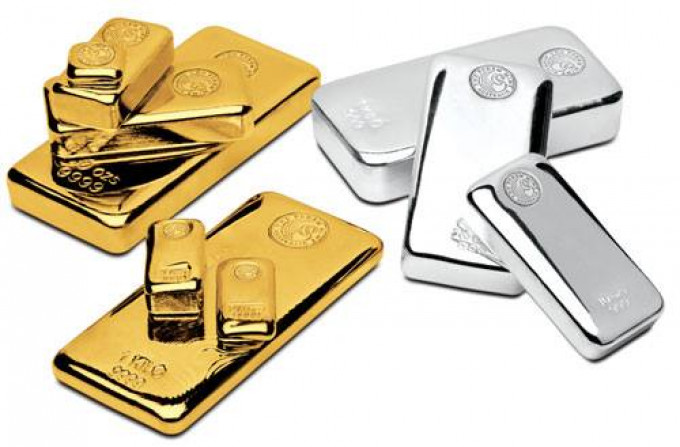Scientists at Rice University have discovered a chemical technique to turn waste plastic into an effective carbon dioxide (CO2) sorbent for the industry.
The study was published in the journal, 'ACS Nano'.
Rice chemist James Tour and co-lead authors Rice alumnus Wala Algozeeb, graduate student Paul Savas and postdoctoral researcher Zhe Yuan reported that heating plastic waste in the presence of potassium acetate produced particles with nanometer-scale pores that trap carbon dioxide molecules.
These particles can be used to remove CO2 from flue gas streams, they reported.
"Point sources of CO2 emissions like power plant exhaust stacks can be fitted with this waste-plastic-derived material to remove enormous amounts of CO2 that would normally fill the atmosphere," Tour said.
"It is a great way to have one problem, plastic waste, address another problem, CO2 emissions," he added.
A current process to pyrolyze plastic known as chemical recycling produces oils, gases, and waxes, but the carbon byproduct is nearly useless, he said.
However, pyrolyzing plastic in the presence of potassium acetate produces porous particles able to hold up to 18 per cent of their own weight in CO2 at room temperature.
In addition, while typical chemical recycling doesn't work for polymer wastes with low fixed carbon content in order to generate CO2 sorbent, including polypropylene and high- and low-density polyethylene, the main constituents in municipal waste, those plastics work especially well for capturing CO2 when treated with potassium acetate.
The lab has estimated the cost of carbon dioxide capture from a point source like post-combustion flue gas would be USD 21 a ton, far less expensive than the energy-intensive, amine-based process in common use to pull carbon dioxide from natural gas feeds, which costs USD 80 - USD 160 a ton.
Like amine-based materials, the sorbent can be reused. Heating it to about 75 degrees Celsius (167 degrees Fahrenheit) releases trapped carbon dioxide from the pores, regenerating about 90 per cent of the material's binding sites.
Because it cycles at 75 degrees Celsius, polyvinyl chloride vessels are sufficient to replace the expensive metal vessels that are normally required.
The researchers noted the sorbent is expected to have a longer lifetime than liquid amines, cutting downtime due to corrosion and sludge formation.
To make the material, waste plastic is turned into powder, mixed with potassium acetate and heated at 600 C (1,112 F) for 45 minutes to optimize the pores, most of which are about 0.7 nanometers wide.
Higher temperatures led to wider pores. The process also produces a wax byproduct that can be recycled into detergents or lubricants, the researchers said.










